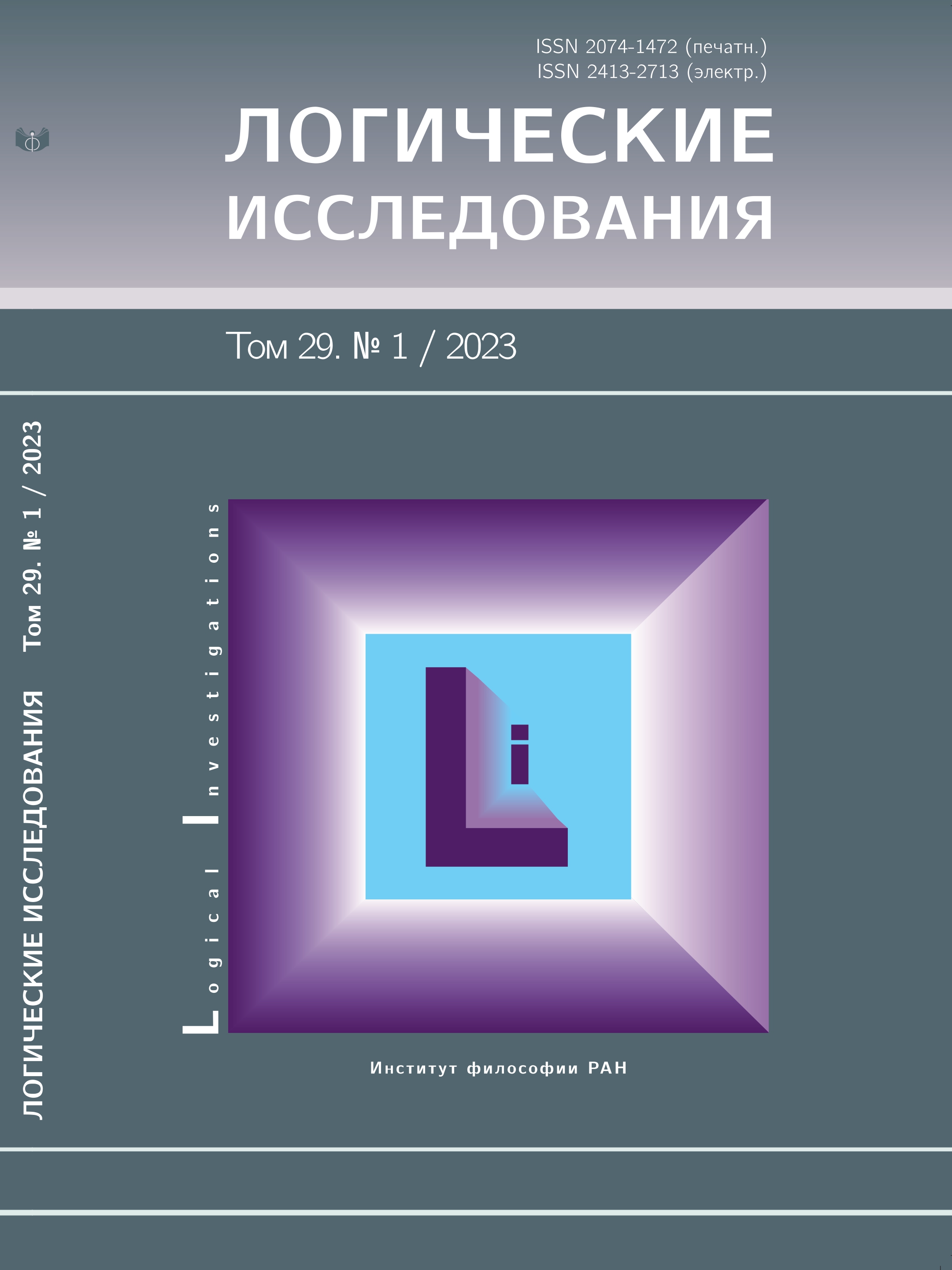A Topological-algebraic Approach to the Compactness Theorem of Classical Logic
##plugins.themes.bootstrap3.article.main##
Abstract
There are some methods of proof of the compactness theorem for classical logic which bypass the completeness theorem. Among them are the purely topological one, the purely algebraic one, and the hybrid one. These methods make essential use of either Tychonoff's Theorem, the concept of ultraproducts or the concept of Cantor sets as topological spaces. Instead of these conceptual tools, the paper provides the theorem with a method of proof that appeals to the concept of Stone spaces of Boolean algebras. In connection with a classical logical system (a propositional calculus or a predicate calculus), the method consists of five components. Firstly, the problem of the compactness of the logical system is reduced to that of the compactness of some topological space. Secondly, what is called the Lindenbaum algebra of the system is set up, which is in fact a Boolean algebra. Thirdly, it has to be shown that the Stone space of the Boolean algebra is compact. Fourthly, the set of sentences whose equivalent classes are members of the Stone space is shown to be satisfiable or simultaneously true. Finally, a homeomorphism is constructed between the topological space and the compact Stone space. Additionally, the method admits of a natural generalisation to the proof of the compactness theorem for modal logic.
##plugins.generic.usageStats.downloads##
##plugins.themes.bootstrap3.article.details##
Copyright (c) 2023 Weijun Shi

This work is licensed under a Creative Commons Attribution-NonCommercial 4.0 International License.
References
Bell et al., 2006 – Bell, J.L., Slomson, A.B. Models and Ultraproducts: An Introduction. New York: Dover Publications, 2006.
Beth, 1951 – Beth, E.W. “A topological proof of the theorem of L¨owenheim-SkolemG¨odel”, Koninklijke Nederlandse Akademie van Wetenschappen, Proceedings, series A, 1951, Vol. 54, pp. 436–444.
Cowen, 1970 – Cowen, R.H. “A new proof of the compactness theorem for propositional logic”, Notre Dame Journal of Formal Logic, 1970, Vol. 11, pp. 79–80.
Cresswell et al., 1996 – Cresswell, M.J., Hughes, G.E. A New Introduction to Modal Logic. London: Routledge, 1996.
Dawson, 1993 – Dawson, J.W. “The Compactness of First-Order Logic:From G¨odel to Lindstr¨om”, History and Philosophy of Logic, 1993, Vol. 14, pp. 15–37.
Dunn et al., 2001 – Dunn, J.M., Hardegree, G. Algebraic Methods in Philosophical Logic, Oxford: Oxford University Press, 2001.
Frayne et al., 1962 – Frayne, T., Morel, A.C., Scott, D.S. “Reduced Direct Products”, Fundamenta Mathematicae, 1962, Vol. 51, pp. 195–228.
Gamelin et al., 1999 – Gamelin, T.W., Greene, R.E. Introduction to Topology, 2nd, New York: Dover Publications, 1999.
Marker, 2003 – Marker, D. Model Theory: An Introduction, New York: Springer, 2003.
Paseau, 2011 – Paseau, A. “Proofs of the Compactness Theorem”, History and Philosophy of Logic, 2011, Vol. 32, pp. 73–98.
Paseau, 2022 – Paseau, A.C. “Compactness Theorem”, Internet Encyclopedia of Philosophy. 2022. [https://iep.utm.edu/compactness-theorem/, accessed on 11.10.2022].
Rado, 1949 – Rado, R. “Axiomatic Treatment of Rank in Infinite Sets”, Canadian Journal of Mathematics, 1949, Vol. 1, pp. 337–343.
Tarski, 1950 – Tarski, A. “Some Notions and Methods on the Borderline of Algebra and Metamathematics”, Cambridge: American Mathematical Society, 1950, Vol. 1, pp. 705–720.
